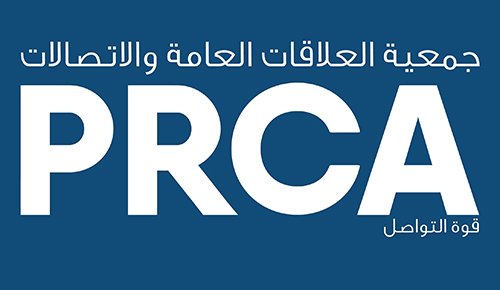17 for 2017: The year of digital
The received wisdom in PR has it that print media is the only thing that counts in the Middle East and North Africa. If you’re not in the print edition then, as far as clients are concerned, it doesn’t count.
But is that wisdom accurate?
Study after study has shown that millennials, at least, no longer get their news from traditional sources (e.g. television, radio and print). As a father to an 18-year old, I can certainly vouch for the fact that the daily delivered newspaper is rarely touched and the evening news broadcast is normally the time when Snapchat gets most usage.
These personal experiences are borne out with research. Earlier this year, the American Press Institute released a study which shows that there is some good news – at least if you’re a father to a millennial: far from being disconnected from current affairs, they are highly engaged; just simply absorbing their news via social media rather than traditional channels.
These findings are mirrored in a study of media consumption in Saudi Arabia which shows that just 4.1% of millennials read newspapers while 5.2% and 4.0% watch TV or listen to the radio respectively.
But what about the rest of us? Surely, the circulation figures of newspapers must point to super high readership among older age groups? Well, if figures from organizations such as Zenith Media are to be believed, consumption of print media is on the decline across the board and 2016 saw the point when more time was spent online than engaging with traditional media.
So 2017, I think, will be the year when finally we can start to have a reasoned, rational discussion about the best way of engaging with audiences. Clearly, there are benefits to engaging traditional media, not least of which is the relatively high penetration rates among government decision makers. But digital media has two key benefits: it lives forever, and can be linked from social media and web properties giving it a lifespan well beyond the 24 hours a newspaper offers.
It’s time we faced reality and started to understand digital media.
Mark Jackson, Memac Ogilvy

